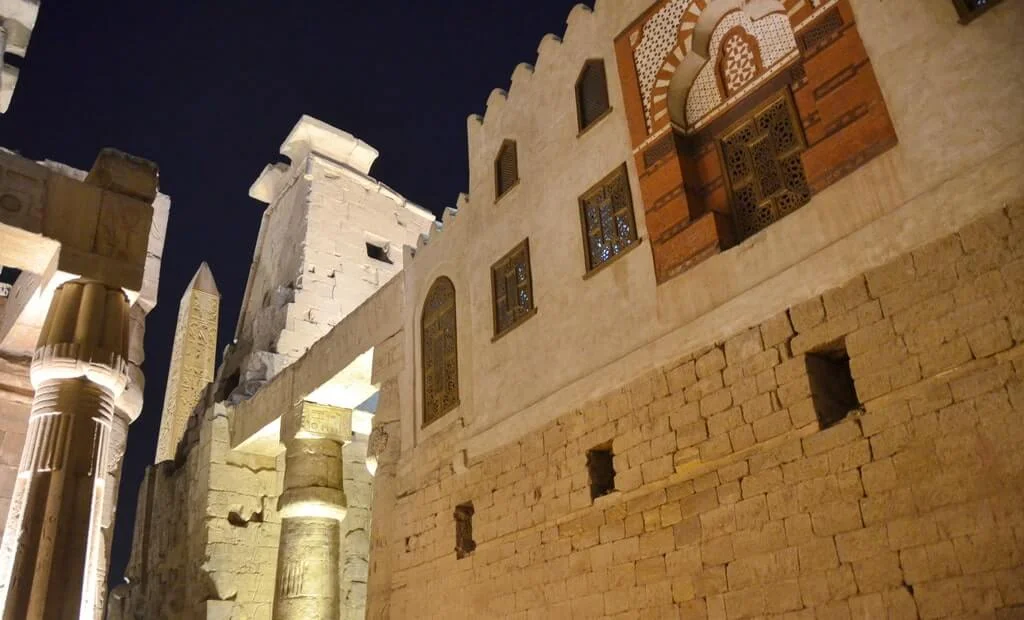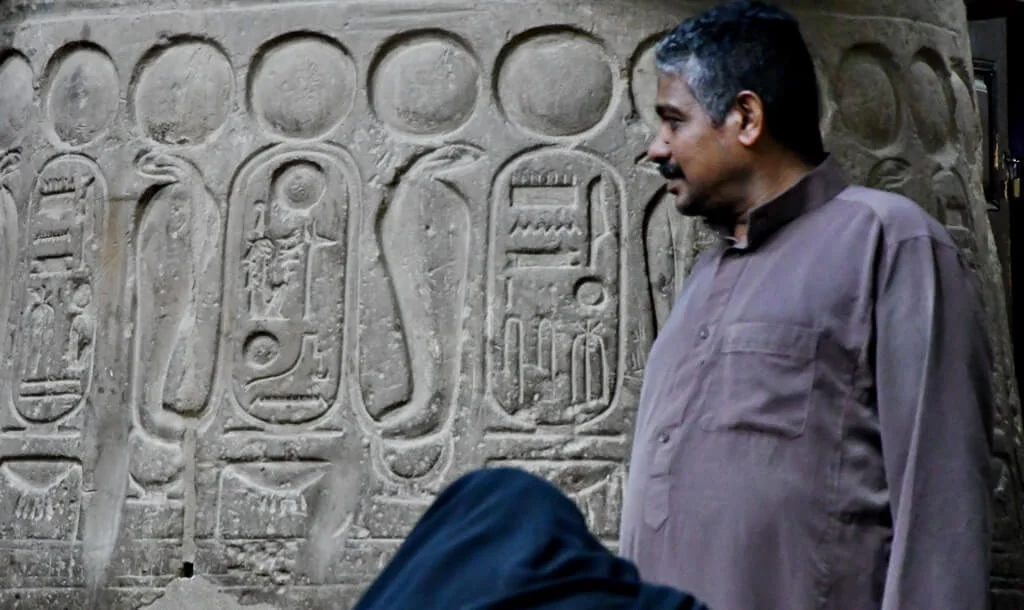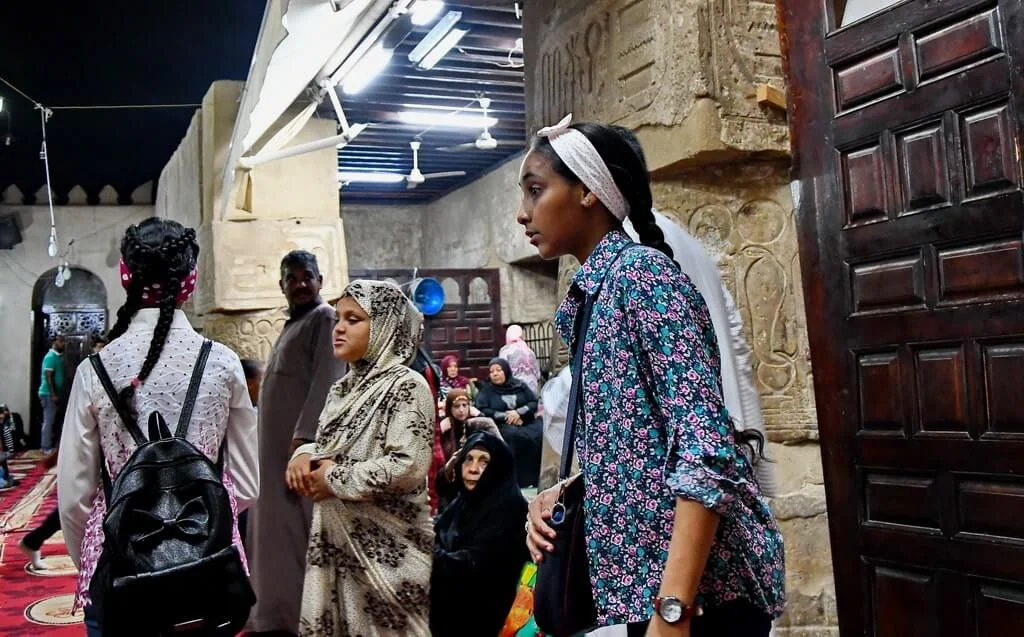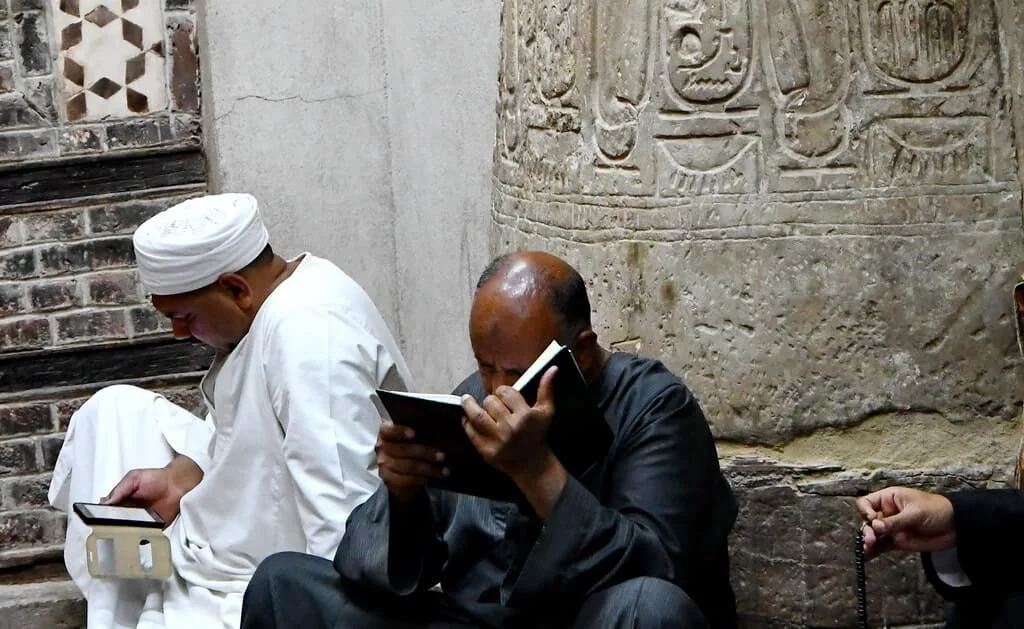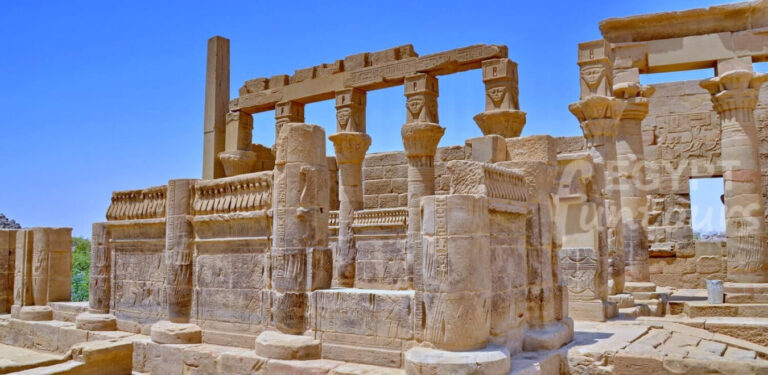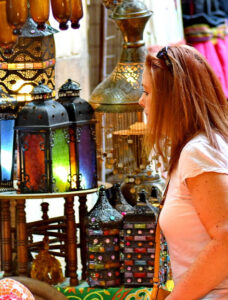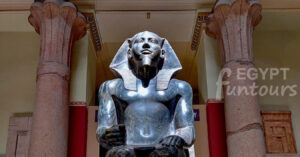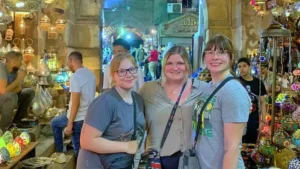The Abul Haggag Mosque in Luxor
Abul Haggag Mosque stands as a timeless landmark in the heart of Luxor, Egypt. It is a stunning example of living history, as it sits on the ancient ruins of the Luxor Temple. This unique position, with its foundations literally built atop a structure dating back to the time of the pharaohs, makes it one of the most fascinating religious sites in the world. Visitors to Luxor often find it astonishing to see a modern, active mosque so seamlessly integrated with an ancient temple.

